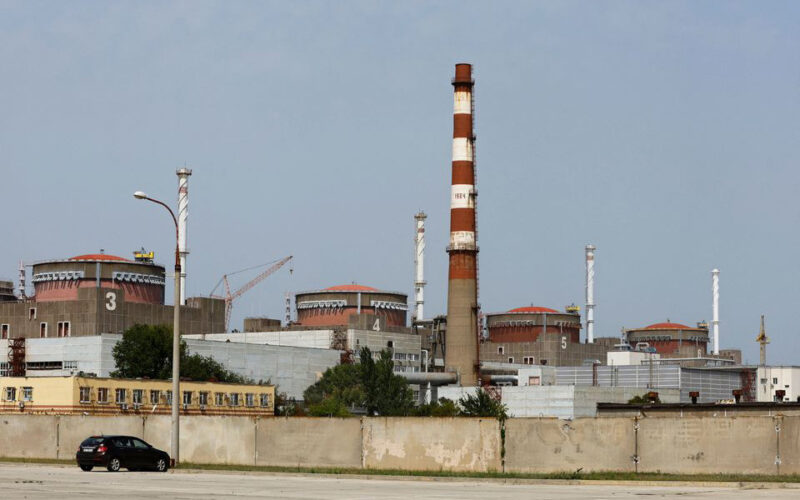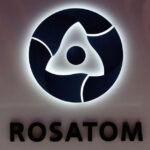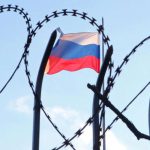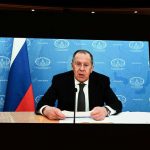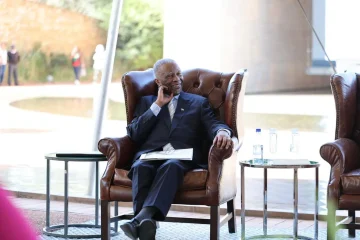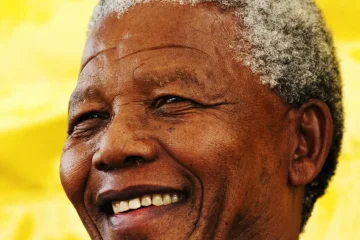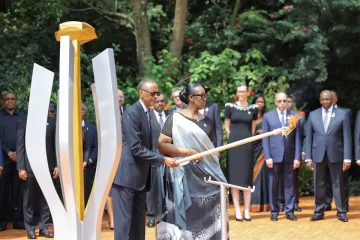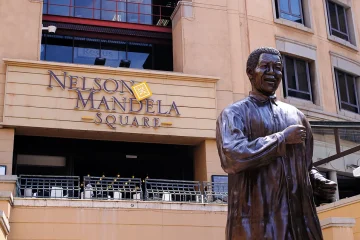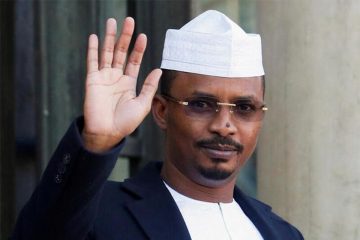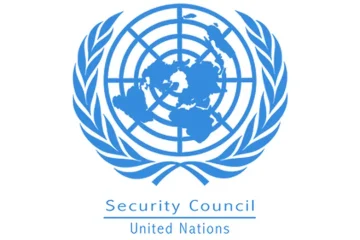ZAPOROZHYE Nuclear Power Plant (ZNPP) – the largest nuclear power plant in Europe – is proving to be a major sticking point in the back-door diplomacy aimed at brokering peace to end the Ukraine war.
The ZNPP was one of the first key facilities that the Russians took control of days after launching their “special military operation” in Ukraine in February.
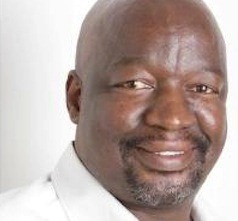
And now, amid the growing devastation of the war and heightened engagements in back-door diplomacy, the nuclear plant appears to be a key sticking point in efforts to reach a truce.
Moscow regards Zaporozhye province – home to the nuclear power plant – as a part of the Russian Federation following a string of referenda to determine “the will of the people” parts of Ukraine about their future.
In October, Russian President Vladimir Putin issued a decree recognising Zaporozhye province as part of Russia following a “yes vote” in the referendum, a move Kyiv and the West reject.
However, through President Putin’s decree in October, the ZNPP is officially regarded by the Kremlin as a facility that now belongs to Russia, and any attack on it is regarded as an attack on a Russian facility, or territory.
Such is the growing complexities in the Ukraine war. President Joe Biden recently indicated that he was willing to lead the entire NATO to the negotiating table on the side of Ukraine to end the war on certain conditions. However, the Kremlin’s insistence that the negotiation conditions would need to include the recognition that “former Ukrainian territories” now under Moscow’s control are a new reality appears to be a sticking point.
The ZNPP is under 24/7 control by the Russian forces. The sporadic shelling of the nuclear plant has resulted in global anxiety that it could trigger lethal leakages detrimental to the humans in Ukraine and beyond.
Both Ukraine and Russia blame each other for the shelling of the ZNPP. However, this raises pertinent questions about whose interest, in truth, could be served by constant attacks on the nuclear plant that is under heavy guard of the Russian military?
The Kremlin push a credible argument, asking the question: If the nuclear power plant is under total Russian control, why would the Russians attack the plant?
That would seem the Russians attacking fellow Russians? And that would make no sense at all.
Russia’s version is that the Ukrainian forces are behind the attack on the nuclear power plant. Their objective, argues Moscow, is to force the Russian soldiers guarding the plant out by force, as negotiations for a truce appear ineffective or non-existent.
The Kremlin has repeatedly accused the Ukrainian military of indiscriminately shelling the plant. Moscow also says the Russian soldiers have on numerous occasions thwarted attempts by Ukraine to retake the strategic facility. Only last month, Russia announced that it had foiled a planned “terrorist attack” on the plant by the Ukrainian military forces. The whole thing is part of information warfare.
The International Atomic Energy Agency (IAEA) has visited the ZNPP several times in recent months and has expressed fears that the ongoing hostilities remain a major threat to the safety and security of the plant.
The IAEA chief Rafael Grossi has appealed for the “protection” of the ZNPP by all warring sides.
For its part, the Kremlin has expressed a willingness to establish a demilitarized “security zone” around the plant, which is also a major source of electricity supply to large parts of Ukraine, and some parts of Europe.
However, the Kremlin’s strict condition is that the IAEA must ensure that “an international monitoring mechanism” is first put in place.
Russia’s envoy to international organisations in Vienna, Mikhail Ulyanov, warned that without such a mechanism as proposed by Russia, any agreement would be treated like an “empty sheet of paper”.
As the IAEA continue to push for an armistice, particularly around the nuclear power plant, both the Ukrainians and Russians seem far apart about the conditions for peace.
The IAEA’s Grossi has revealed that the Ukrainian government is insisting on the “withdrawal of armaments” from the facility. The Kremlin rejects the demand outrightly on the basis that it cannot abandon security around its “own nuclear plant”.
But an optimistic Grossi believes that an agreement can still be reached by all sides by the end of the year. “Any pull back,” Grossi argues, “would, in any case, be part of the general agreement.”
This gave rise to the belief that behind closed doors, there are frantic efforts aimed at brokering peace to end the war. An anticipated agreement around the ZNPP would be a part of a greater “general agreement” reached to bring an end to the devastating war that started on February 24.
Grossi further gave more hope for peace when he said “Russia is not against an agreement and the principle of plant protection”.
The politics and the battle for the control of the ZNPP could therefore prove in the immediate or short-term future to be a catalyst for the attainment of the illusive peace talks or agreement to end the Ukraine war. There is always a starting point, and Zaporozhye appears to be the one that could end the war if all parties agree to the terms and conditions acceptable to all sides. Otherwise, without peace, this could be the longest winter for Ukraine, and President Volodymyr Zelensky’s backers in this conflict of great significance and complex geopolitical challenges.

